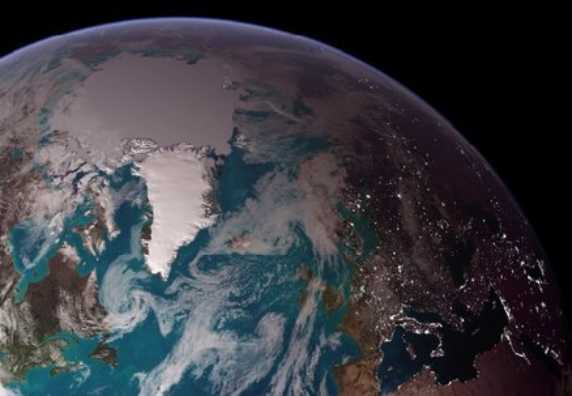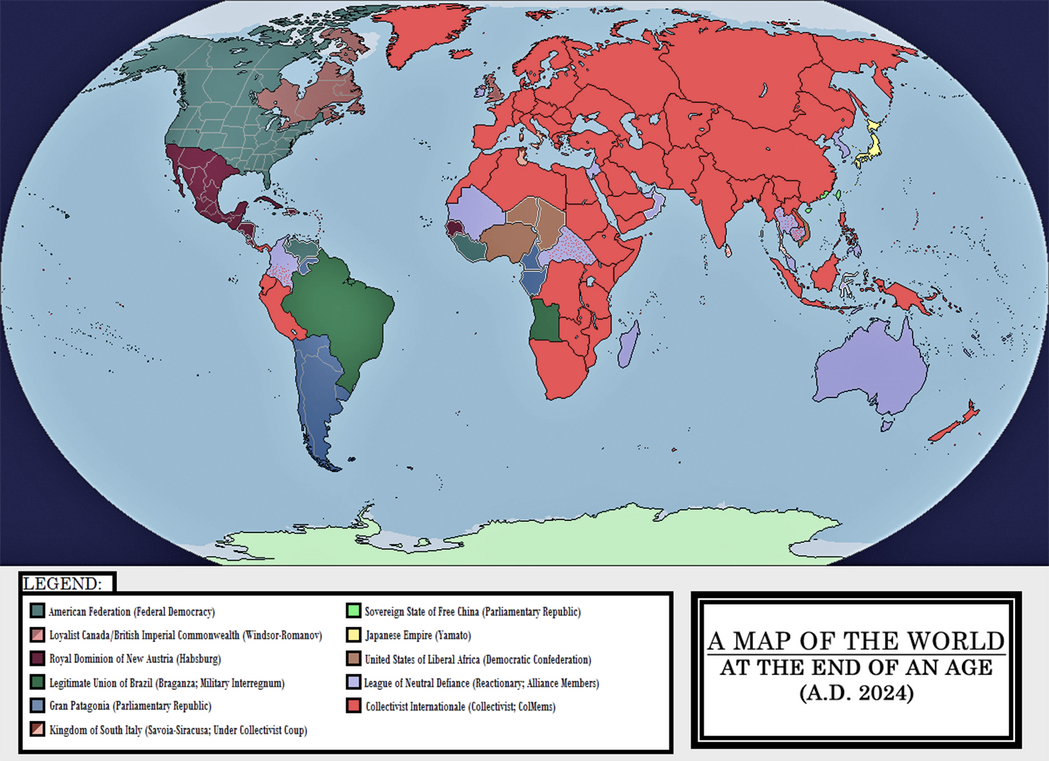The world population has been a subject of interest and concern for decades, with experts and researchers closely monitoring its growth and impact on the planet. As of 2025, the
Worldometer estimates that the global population has reached a staggering 8.2 billion people. This number is constantly updating in real-time, providing a fascinating glimpse into the dynamics of human population growth.
Understanding the World Population Clock
The World Population Clock is a live tool that estimates the current population of the world based on data from reputable sources such as the United Nations Department of Economic and Social Affairs. The clock takes into account factors such as birth rates, death rates, and migration patterns to provide an accurate estimate of the global population. With a growth rate of approximately 1.09% per year, the world population is expected to continue rising, albeit at a slower pace than in previous decades.
Key Statistics and Trends
As of 2025, the world population stands at 8.2 billion people, with the following key statistics and trends:
The global population is projected to reach 9.7 billion by 2050 and 11.2 billion by 2100.
The population growth rate has been declining since the 1960s, from a peak of 2.2% per year to the current rate of 1.09% per year.
The average life expectancy at birth has increased to 72 years, up from 66 years in 2000.
The total fertility rate (TFR) has declined to 2.4 children per woman, down from 5.0 children per woman in 1960.
Regional Population Trends
Population growth varies significantly across different regions of the world. Some of the key regional trends include:
Asia: The most populous continent, accounting for around 60% of the global population.
Africa: The fastest-growing continent, with a population expected to double by 2050.
Europe: The slowest-growing continent, with a population projected to decline by 10% by 2050.
Latin America and the Caribbean: A region with a relatively stable population growth rate, expected to reach 700 million by 2050.
Challenges and Opportunities
The growing world population presents both challenges and opportunities. Some of the key concerns include:
Sustainability: Meeting the needs of a growing population while minimizing the impact on the environment and natural resources.
Urbanization: Managing the rapid growth of cities and providing adequate infrastructure, services, and housing.
Food security: Ensuring that the global food system can meet the demands of a growing population.
On the other hand, a growing population also presents opportunities for economic growth, innovation, and social development.
The World Population Clock provides a fascinating insight into the dynamics of human population growth. As the global population continues to rise, it is essential to address the challenges and opportunities that come with it. By understanding the trends and statistics, we can work towards creating a more sustainable, equitable, and prosperous world for all 8.2 billion people and counting.
Note: The numbers and statistics mentioned in this article are subject to change and may not reflect the current numbers, as the world population is constantly updating in real-time.
:strip_icc():format(jpeg)/kly-media-production/medias/2249911/original/053332300_1528890086-000_15W32L.jpg)








